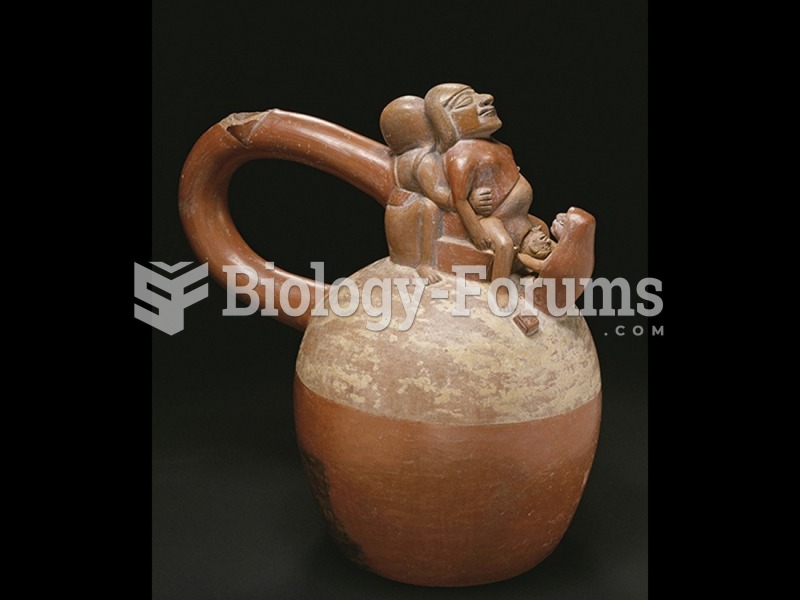Answer to Question 1
In addition to Christian themes, Renaissance artists also turned to stories of Greek and Roman gods and goddesses for subject matter. An example is Botticelli's tempera on canvas painting Birth of Venus, whose central subject is Venus, the Roman goddess of love and beauty. Botticelli paints the goddess in the nude, with only a few concessions to modesty. Such a large-scale depiction of the female nude in art was unknown since the nudity of classical art. Botticelli's usual linear style and shallow modeling were an exception to Renaissance norms. Subtle Neo-Platonic themes pervade the scene, such as the identification of Venus with Eve and the Virgin Mary, and Venus's birth from water is related to the baptism of Christ. Botticelli's work displays the rarefied and learned side of Renaissance art.
Answer to Question 2
Painted on a monastery wall in Milan, Leonardo da Vinci's fresco depicts the final gathering of Jesus with his disciples and the final Passover meal they shared. High Renaissance artists delighted in creating deep space in their paintings using linear perspective. Leonardo employed this system in his fresco, which structures the design and reinforces the symbolic content of the painting. The one-point system places the vanishing point behind the head of Christ, who is placed in the center of implied depth, making him the focal point of the composition and the narrative. A stabilizing feature of the symmetrical composition is the implied triangle formed by the outstretched arms of the central figure. The central opening at the back wall emphasizes the focus on Christ and alludes to a halo effect around his head. Tintoretto's painting involves the same narrative, but presented in a very different manner. His style, encouraged by the Counter-Reformation, is theatrical, as seen in his virtuosic brushwork and dramatic lighting effects. The dramatic diagonal pulls the viewer's eye to the figure of Christ, who is emphasized by the halo of light around his head. Tintoretto's interpretation is dynamic and emotional, compared to the subtle and intellectual depiction by da Vinci.







